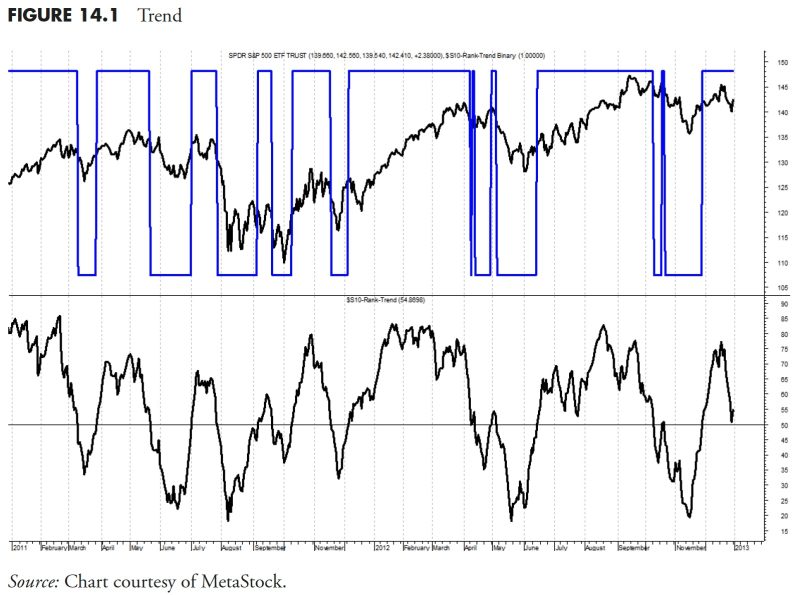Understanding the Essentials of Security Ranking Measures in Rules-Based Money Management
Investing and managing your money can sometimes be a daunting task. There are several crucial aspects to keep in mind, one of which is the art of rules-based money management. This principle revolves around following specific, predetermined rules to communicate investment decisions rather than relying on subjective judgments or instinct. Notably, security ranking measures lead the way in offering strategic insights in implementing rules-based money management.
Understanding the Core Concept of Security Ranking Measures
Security ranking measures form the foundation of rules-based investment. They aid in making effective investment decisions by providing robust ranking of various investment possibilities. The methodical ranking of securities based on a variety of metrics fuels financial portfolio development, ultimately leading to enhanced risk control and a potential increase in returns.
The process uses a quantitative approach towards selecting and discarding different investments. This eliminates emotional bias and enables a systematic pattern of decision-making. This method offers ease and comfort to investors by avoiding analysis paralysis induced by too many choices and subjective analysis.
The Art and Science of Security Ranking
In the realm of rules-based money management, the security ranking process holds significant importance and is a two-fold process.
The first step is the segregation of the investment universe. In this process, a broad assortment of investments is partitioned into more manageable classes or categories. These divisions can be made along the lines of asset classes, regions, sectors, industries, or any other meaningful categorization criterion.
The second part of the process is the ranking within these classes. This is perhaps the most vital aspect of investment decision-making. Once the securities are segregated into categories, they are ranked based on several factors or ‘measures.’ These measures can include metrics like price trends, volatility, momentum, dividend yield, price-to-earnings ratios, and more.
The Power of Diversification in Rules-Based Money Management
The importance of diversification gets amplified under the lens of rules-based money management. It affords investors the opportunity to spread their bets across multiple categories and ranking measures. This multi-dimensional approach is said to reduce risk and enhance returns potential over time.
In rules-based investing, diversification could take the flight in terms of the variety of measures used to rank the securities. For instance, using more than one measure to rank securities adds a layer of diversification in the investment portfolio. This underpins the importance of not relying solely on one criterion to derive the worth and potential of an investment.
The Paradox of Choice and Optimum Decision-Making
It’s important to note that while variety adds value, one should be cautious of not falling prey to the paradox of choice. This phenomenon highlights the concept where too many choices often lead to indecision or incorrect decision-making owing to emotional pressure or difficulty in analyzing data. The aim should be to extract meaningful insights from a limited number of ranking measures to form the best investment decisions.
To Wrap Up
Thus, the process of security ranking measures is an integral part of rules-based money management. By providing a systematic methodology of evaluating and ranking investments, it enhances the efficiency and potential profitability of portfolio management.
Investors must remember that while diversity in investments is necessary, it is also crucial to arrive at a balanced approach in applying these measures. Too many measures might lead to the paradox of choice, a risk best mitigated by the supreme combination of knowledge, intuition, and strategic planning. With these concepts in mind, investors can make best use of security ranking measures within the realm of rules-based money management.
